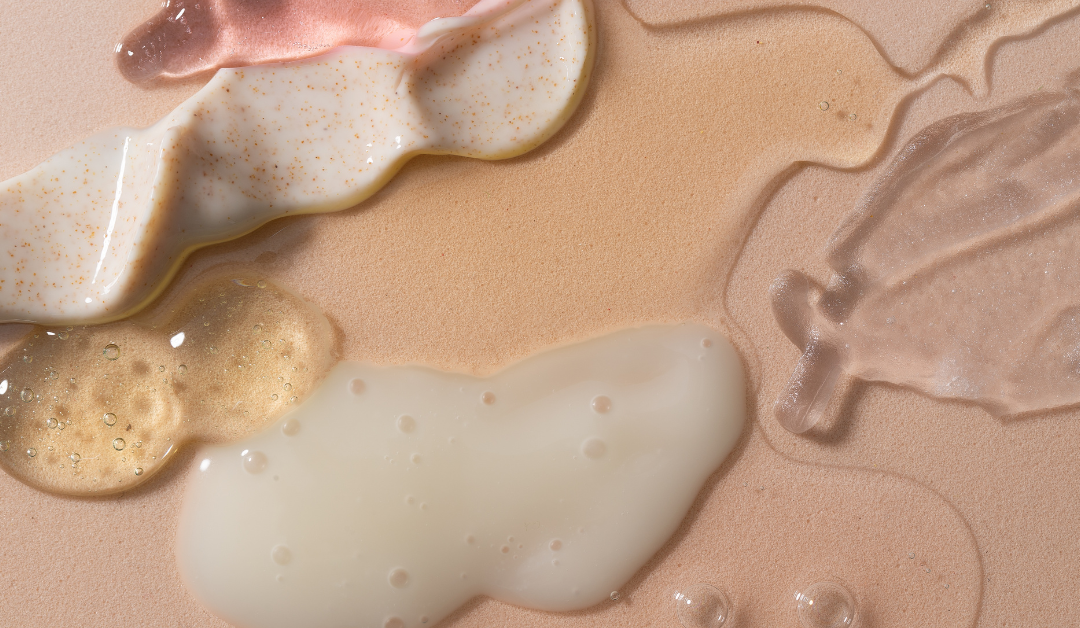What are AHAs and BHAs? They are different types of hydroxy acids that work to improve the skin. AHAs are alpha hydroxy acids, and BHAs are beta hydroxy acids. They can often be found in toners, cleansers, serums, scrubs, masks, and moisturizers. These acids work by exfoliating the skin to remove dead skin cells or to remove the entire outermost layer, depending on the goal of the user.
Neither hydroxy acid is better than the other. They are both equally effective ways to exfoliate the skin on a deeper level. Each acid has shared benefits, such as they can both:
- Decrease inflammation
- Decrease the appearance of large pores and wrinkles
- Removes dead skin cells
- Unclogs pores to prevent acne
- Even-out skin tone
Types of AHAs and How to Use Them
The strength of this acid varies in different products, but your AHA should only have a maximum concentration between 10% and 15%. When starting out with AHAs, it is best to use them every other day to ease your skin into the new product and allow it time to acclimate. Regardless of which level of acid you use, our South Florida dermatologist highly recommends wearing sunscreen every day (applying in the mornings) to prevent possible burns and other damage. This is especially important when your skin is adapting to a new product. AHAs are mainly used for skin concerns such as mild hyperpigmentation, large pores, wrinkles and fine lines on the surface, and uneven skin tone. Types of AHAs:- Glycolic Acid: The most common type of AHA is made from the sugarcane plant. It provides significant exfoliation and all-around treatment for skin concerns. Thanks to its antimicrobial properties, it can even assist in preventing breakouts. Glycolic acid is commonly found in peels.
- Lactic Acid: This is another common type of AHA that can be found in a variety of products like creams, toners, and face serums. Lactic acid is made from lactose in milk and is known not only for its exfoliation but also for its anti-aging benefits.
- Tartaric Acid: A less common type but no less effective, tartaric acid is made from grape extracts and helps with alleviating sun damage and acne.
- Citric Acid: If it wasn’t too obvious, this type of acid is made from citrus fruit extract. This will mainly help to neutralize the skin’s Ph levels and even out its texture or any rough patches. It is best to use it in a serum or toner before applying sunscreen or tinted sunscreen. It will work with the SPF to properly protect the skin from the sun’s UV rays.
- Malic Acid: This is an AHA-BHA crossover that is made from apple acids. As a solo ingredient, malic acid isn't as effective as the other types but can be found in different peels.
- Mandelic Acid: Mandelic acid contains larger molecules that come from almond extract. This type can be combined with other AHAs to improve its exfoliation, but on its own, it is great at improving texture and pore size.
BHA Benefits and Different Types
BHAs are designed for more daily use, but just like AHAs, we recommend when you first start using them, limit your use to a few times a week to give your skin time to adjust. BHA won’t make your skin as sensitive as AHAs can. However, it is still very important to put sunscreen on every morning. As we have stated before, it will only strengthen the protection from damaging UV rays. Here are the different types and BHA benefits:- Salicylic Acid: This is one of the most common BHAs and can have concentrations ranging between 0.5% and 5%, varying across different products. It is well-known for its use as an acne treatment. It also can calm down any general redness or inflammation. It can be found in different forms, such as moisturizers, gels, blemish dots, and cleaners.
- Citric Acid: This mainly qualifies as an AHA, but some formulations are categorized as BHA, as well. This type of citric acid is used to dry out the excess sebum and clean out dead skin cells deep from within your pores.


